TOP5 THINGS TO DO IN BEIJING
Top5 things to do
in Beijing
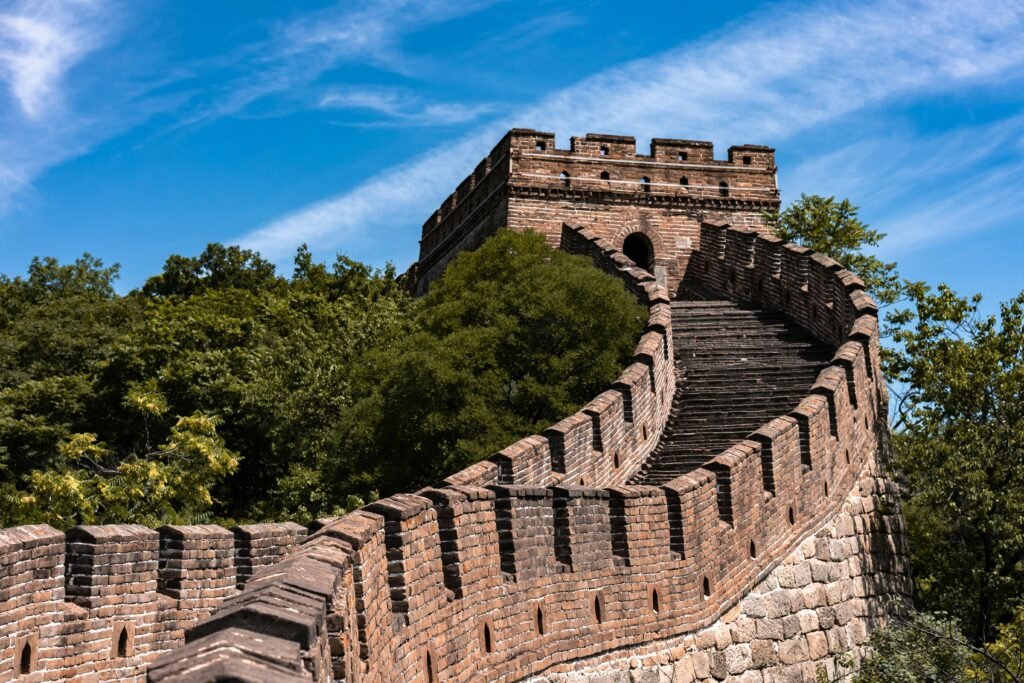
If it’s your first time in Beijing and you only have 3 days to explore, here are 6 must-do experiences combining food, sightseeing, and cultural immersion
Here are 5 things for your first trip to Beijing
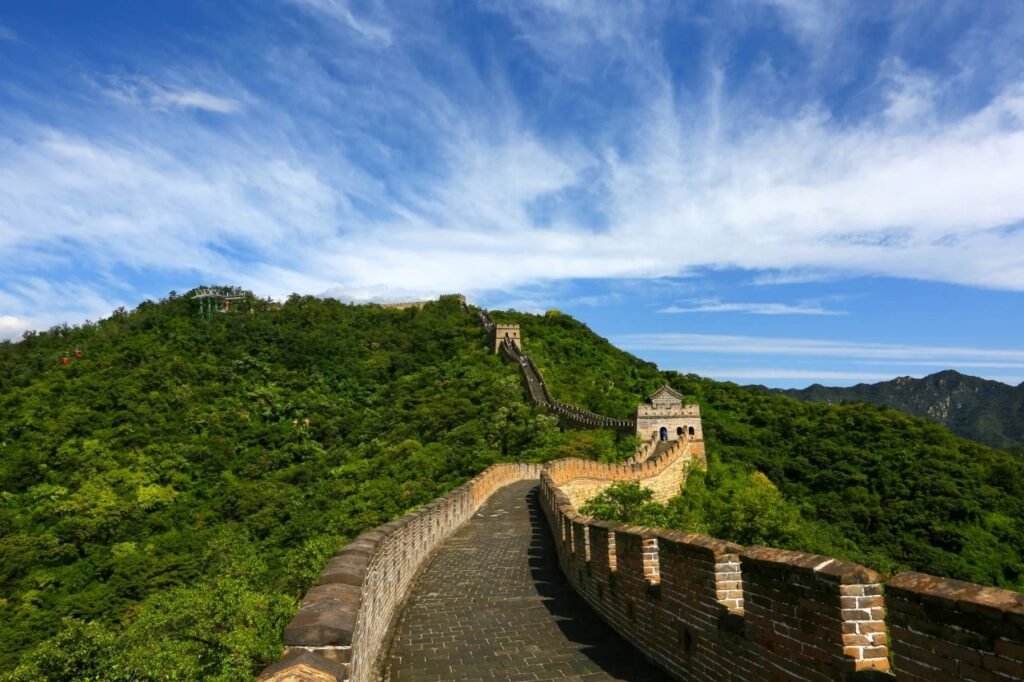
Conquer Juyongguan Pass to Become a “Hǎo Hàn”
Hey everyone! If you’re visiting Beijing, climbing the Great Wall is an absolute must. As an ancient Chinese saying goes: ‘He who has never been to the Great Wall is not a true man.’ This magnificent wonder will test your endurance—especially in summer heat—but when you persist to the Hǎo Hàn Slope (Hero’s Peak) and stand atop those ridges overlooking the wall snaking through mountains? Trust me, every drop of sweat will pay off.
Popular sections: Badaling is well-known, but Mutianyu offers fewer crowds, closer proximity to downtown, and a better overall experience.

Use Gaode Maps app to navigate to Beijing Tourist Hub (Qianmen Branch).Board at Qianmen: ¥80 round-trip, takes 1.5–2 hrs directly to the cable car entrance (no shuttle transfer needed).
More flexible for independent schedules.

Cable Car (enclosed cabin):
¥100 one-way / ¥140 round-trip → Watchtower 14Chairlift + Toboggan (open-air):
¥100 one-way / ¥140 round-trip → Watchtower 6

East Section (1–6):
Scenery less impressive than the west
Highlights: No.1 “Great Corner Tower” (triple-wall junction), No.4 Zhengguantai (unique hollow watchtower)
Middle Section (6–14):
Gentle slopes, fewer stairs → easiest hike
Best in autumn
West Section (14–20):
Most scenic & concentrated highlights
No.14: “He who has never been to the Great Wall is not a true man” stone carving (photo spot!)
No.19–20: “Hao Han Slope” → steep climb (challenging but rewarding)
Note: The wall is a linear path—backtracking is unavoidable unless hiking only the middle section (less scenic).

Bring food/water (expensive on-site)
Full sun exposure → wear sunscreen & hat
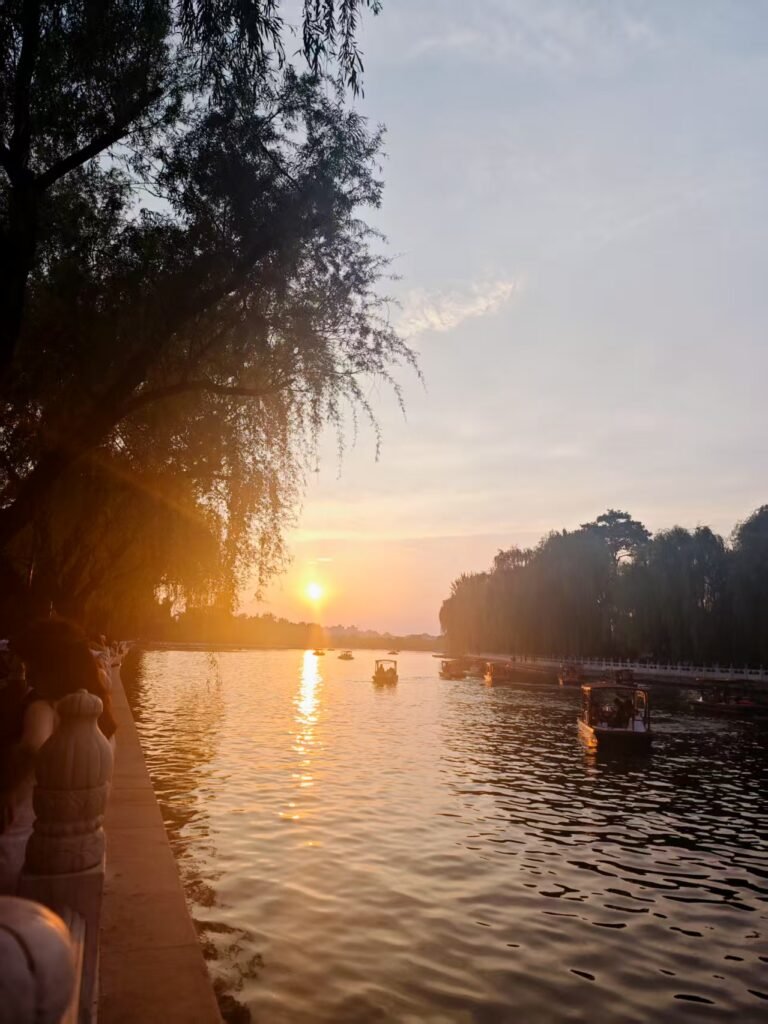
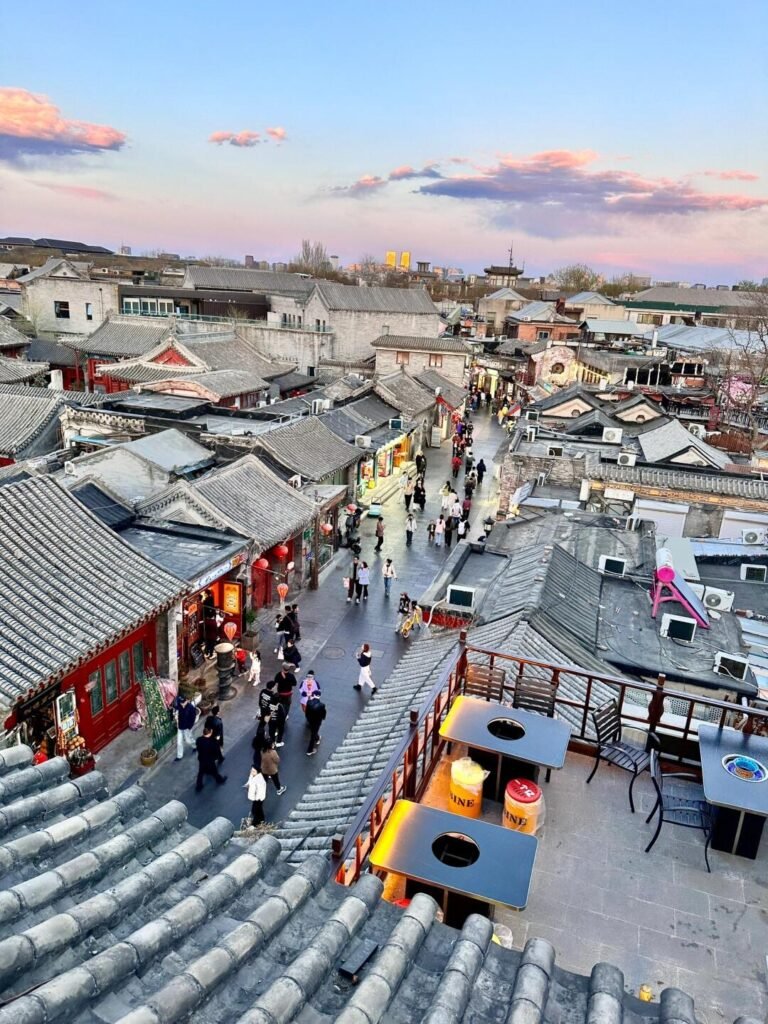
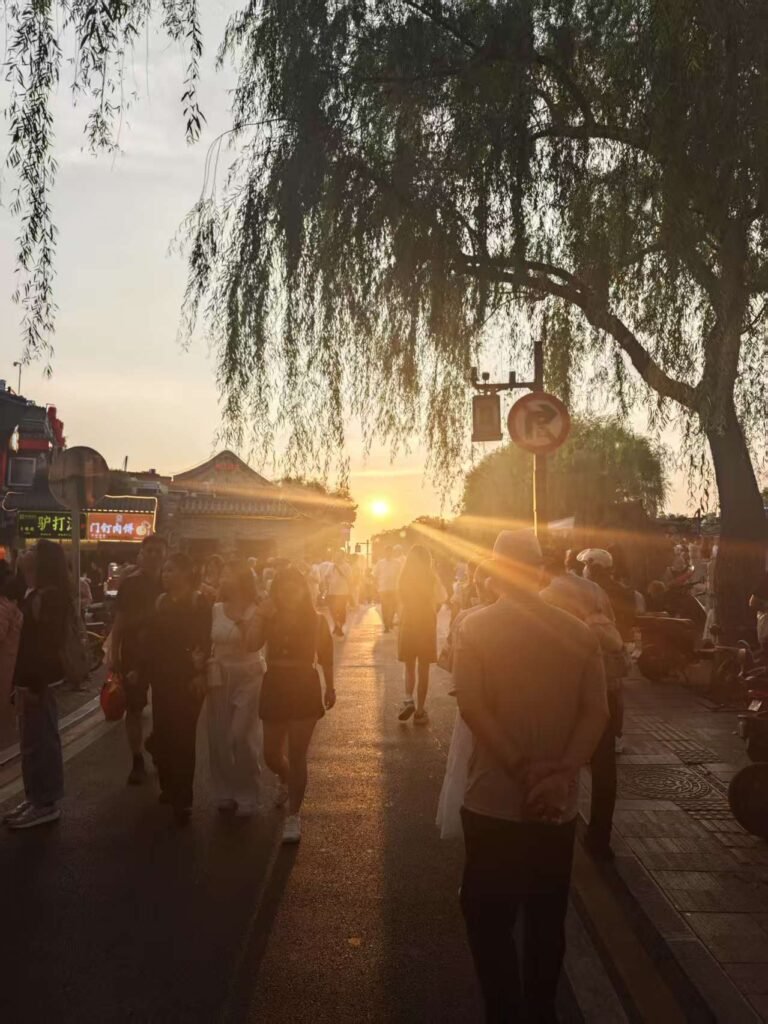
Watch the sunset at Shichahai Lake
Shichahai’s charm lies in its traditional Beijing hutong architecture, where gray-brick houses with slate roofs stand alongside the lake’s sparkling blue waters dotted with charming pink paddle boats. In spring, golden-green willow buds frame bustling crowds along the shore, while at dusk you’ll spot spirited local elders swimming with infectious energy—some might even strike up a friendly chat. For unforgettable sunsets, head to Sugar Cube Café (Tángfáng); its third-floor terrace offers panoramic views. After sunset, wander through historic hutongs or skip the noisy bar streets for quieter riverside drinks at Lotus Lane (Héhuā Shìchǎng), where cozy ambiance complements the lakeside scenery.

Climb Jingshan Hill to overlook the Forbidden City panorama
While the Forbidden City is a must-see for any Beijing visitor, let me tell you: its true grandeur reveals itself from a different vantage point. Inside the palace walls, you experience fragments of history—but climb Jingshan Hill’s summit, and the entire imperial complex unfolds before you. I gasped at this magnificent architectural symphony, just as you might. Beyond the crimson rooftops, your gaze meets the China Zun (Beijing’s tallest skyscraper) piercing the CBD skyline. Standing where dynasties and skyscrapers converge, time itself feels beautifully suspended.
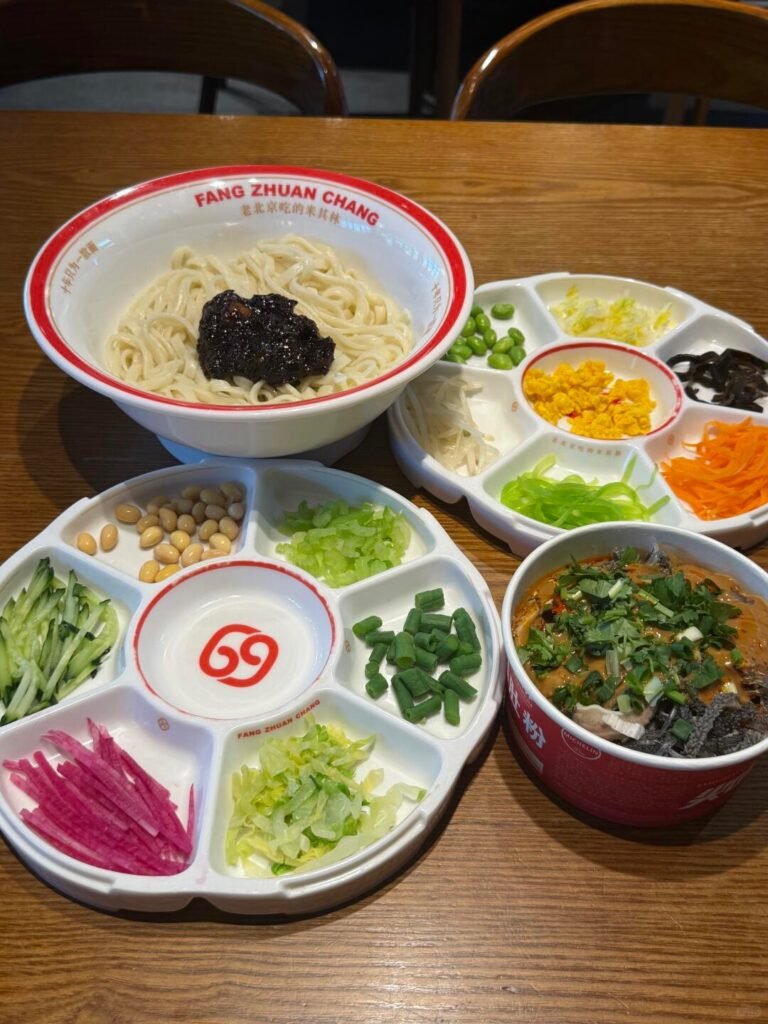

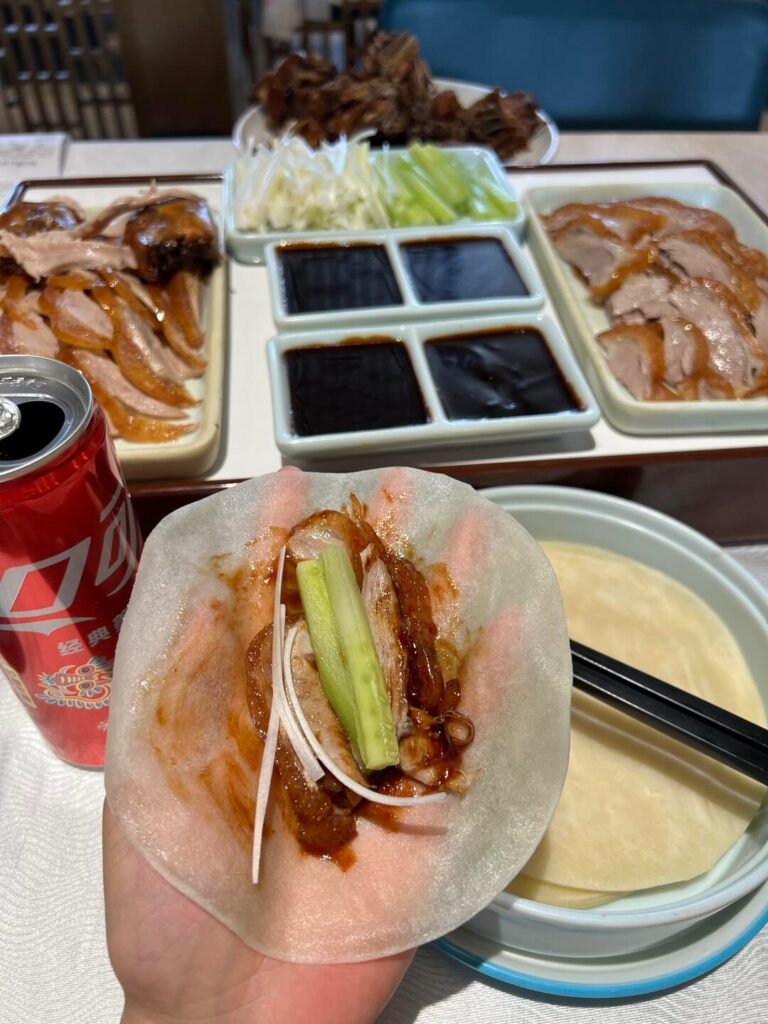
Taste authentic Beijing-style dishes: Zhajiang noodles / copper hotpot / Peking duck
Eating great food is hands-down the most important part of travel for me—how can you enjoy a trip without eating well? Beijing has endless food options, but these three are my favorites and also the most widely accepted. (Beijing does have dishes like Luzhu Huoshao—only for those comfortable with offal—and Douzhi, which locals grew up drinking. Its flavor is truly unique—maybe you can try it and tell me what you think!)
Now, my golden trio:
🥇 Zhajiang Noodles – Springy wheat noodles tossed in oh-so-savory minced pork sauce, simmered fresh daily. Best part? Unlimited noodle & sauce top-ups until you’re gloriously stuffed.
🥤 Pro move: Pair it with chilled sour plum juice (suān méi tāng) – that sweet-sour tang cuts through the richness like magic. Icy, refreshing, pure bliss.
Copper Pot Hotpot is my absolute favorite among these three foods. When eating it, pay attention to these key points:
✅ Old Beijing Clear Broth Base
The must-order broth in any authentic restaurant. Good meat only needs clear broth! Lamb cooked in a copper pot paired with sesame sauce—that magical blend of meaty aroma and nutty richness? I’d never trade this for anything. So addictive! 😋😋
✅ Premium Large Plate of Mutton
Perfectly marbled, this pairs flawlessly with the clear broth. Experience the pure, original mutton fragrance🌟—zero gaminess, just a milky sweetness that lingers after each chew. The portion? Generous beyond belief! ‼️
(Of course there are many meat varieties—any top-listed items on the menu are safe bets!)
✅ Sesame Baked Buns
Cap your meal with these fragrant buns. Freshly baked and crusted with toasted sesame seeds💥, they shatter into crispy outsides revealing cloud-soft insides—leaving your mouth perfumed long after.
Final touch: Pair with assorted veggies, glass noodles, tofu, and greens. That’s all we need.
Authentic Peking duck is an art. Tender meat from specially raised ducks is roasted over fruitwood charcoal, infusing the skin with a subtle fruity aroma.
Just seeing the ruby-red ducks glowing in the oven will make your mouth water. Once served, wait for the master carver to slice it into thin pieces—layers of crispy skin and succulent meat. Then assemble your wrap: place duck slices with cucumber sticks and scallion shreds, drizzle with sauce, and roll it in a thin pancake. That first bite? Pure magic. Rich duck essence, fresh cucumber crispness, and scallion’s gentle pungency create layered flavors—refreshing yet deeply satisfying, never cloying.
But it doesn’t end there! The leftover carcass gets chopped and deep-fried to shattering crispness, dusted with cumin and spiced salt for addictive nibbles. Or it simmers into a soul-warming duck bone broth with glass noodles. Honestly, I’m vividly picturing every bite as I type this…
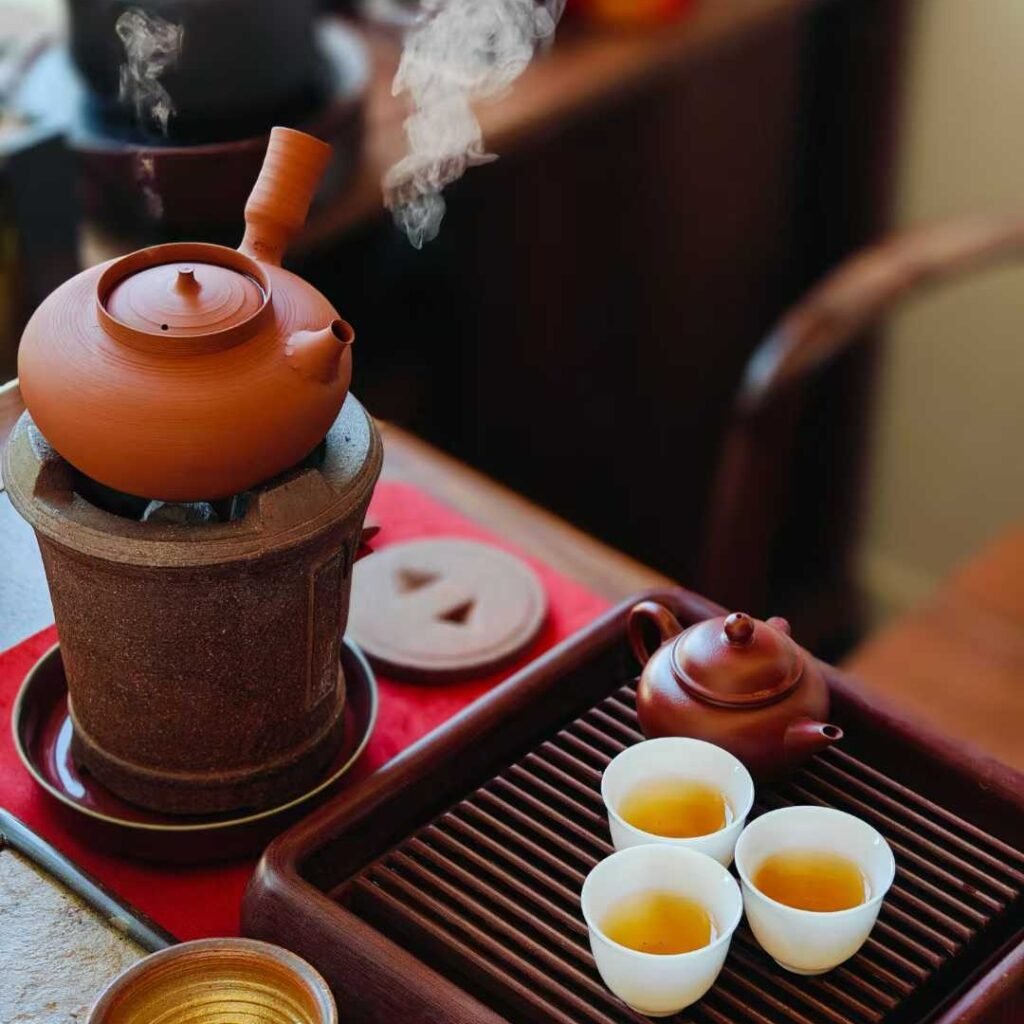
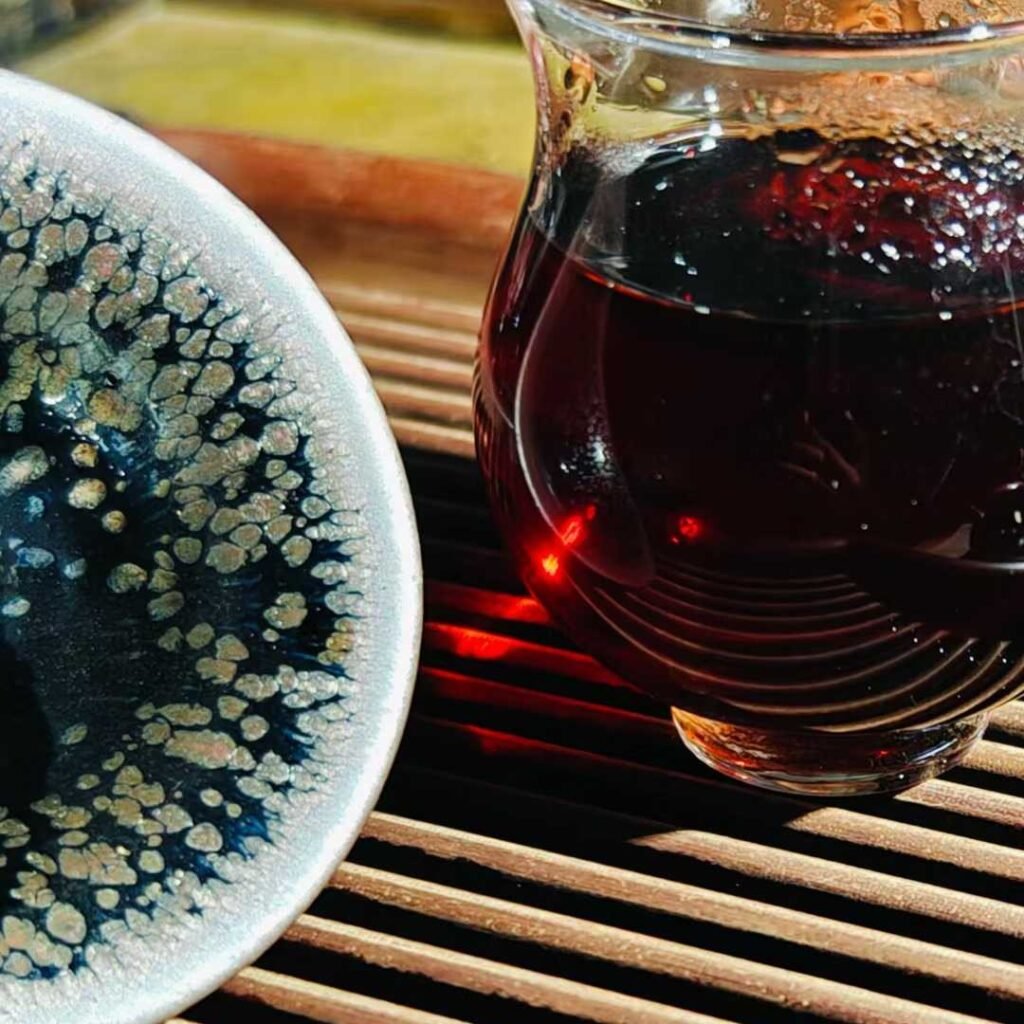
Experience a traditional Chinese tea ceremony
The tea ceremony is both a cultural tradition and an art of living. Tea embodies a profound part of Chinese heritage. When you feel weary or unsettled, brewing a cup becomes a ritual—the measured process and the rising aroma washing over you create profound calm.
Every detail demands meticulous precision: water temperature steeping time, and vessel selection for each tea variety. This art encompasses six sacred steps: preparing tools, choosing water, mastering fire, selecting leaves, awaiting the perfect boil, and honing brewing techniques (xí chá).
Yet watching a performance pales beside experiencing it yourself. That first sip of tea brewed by your own hands? It’s serenity distilled.
Dive deeper into the art of tea and tea ceremony.

 Bring food/water (expensive on-site)
Bring food/water (expensive on-site) Full sun exposure → wear sunscreen & hat
Full sun exposure → wear sunscreen & hat

